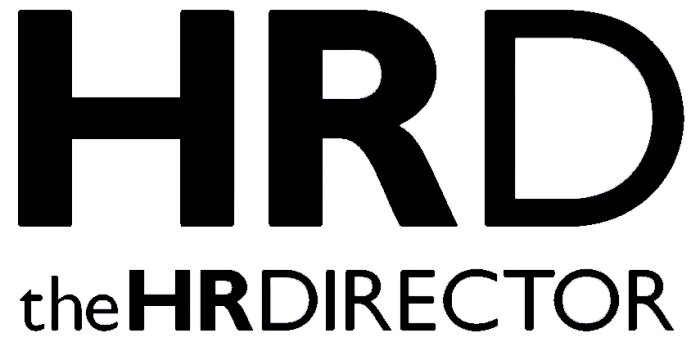A unified employee engagement strategy helps organizations achieve their goals, especially in a fast-moving and competitive environment. When initiatives are scattered or generic, they often fail to create a meaningful impact or deliver measurable results. HR professionals need to move beyond traditional, one-size-fits-all programs and build strategies that directly support outcomes like productivity, innovation, and customer satisfaction.
A cohesive strategy makes aligning efforts with the company’s values and priorities easier, ensuring every initiative contributes to long-term success. Focusing on what truly matters to staff and the business can strengthen performance, boost morale, and build a workplace where people and profits grow together.
The Business Case for Alignment
Aligned engagement strategies help organizations strengthen operational performance, boost profitability and stay agile in changing markets. When workers are truly engaged in ways that support their employers’ goals, they can be more productive and committed to delivering excellent results. This connection fuels efficiency and helps brands adapt to new challenges or opportunities.
Quiet quitting can be as costly as actual turnover, which drains productivity and morale while creating hidden risks. That is why misaligned initiatives waste valuable resources and weaken the overall impact of human resources efforts. A focused, data-driven strategy ensures every action contributes to sustainable growth.
Identifying High-Impact Engagement Drives
Identifying the engagement drivers that greatly influence business outcomes builds a strategy that delivers real results. HR professionals must look beyond surface-level metrics and uncover the factors that power productivity and customer satisfaction.
Use Advanced Analytics and Segmentation
These teams can strengthen their strategies by using sentiment analysis and engagement platforms to uncover the drivers that move the needle on team productivity, retention and net promotor scores. These tools help identify what matters most, but the pivotal factor comes from using AI to dig deeper.
AI-powered analytics can spot patterns and connections in engagement data that traditional methods often miss, giving HR a clearer view of what drives performance, innovation and customer satisfaction. Unsurprisingly, 32% of chief financial officers already work with external vendors to build or access generative AI solutions. HR can take a similar approach to level up their strategies. Combining smart technology with focused analysis allows organizations to design efforts that directly support their biggest goals.
Link Data to Outcomes
HR leaders can add real value by linking survey results directly to key performance indicators like output per employee, customer experience scores and innovation benchmarks. Instead of stopping at general engagement levels, they can analyze how specific engagement drivers influence these key measures of success. This approach helps prove initiatives are essential for improving performance and delivering results.
Productivity in particular becomes a clear indicator of how well these strategies work and serves as a valuable basis for talent decisions. Employees who show strong productivity and engagement are often the ones who earn promotions, raises and new growth opportunities. These factors make it easier for HR to connect efforts with corporate goals and individual success stories.
Segment Insights by Role of Business Unit
To create effective strategies, HR professionals should avoid one-size-fits-all solutions and focus on what matters most to different departments. For example, frontline teams may value clear communication, safety and recognition for hands-on contributions. Meanwhile, knowledge workers might respond more to innovation, autonomy and professional development opportunities.
Businesses can build stronger connections by tailoring efforts to each group’s unique needs and motivators. They can also drive better performance and ensure every employee feels supported in ways that help them and the entity succeed.
Designing an Engagement Strategy That Drives Results
HR professionals can sharpen their strategies by using frameworks like an impact-effort matrix or driver analysis to identify and prioritize interventions. These tools help teams focus on actions that deliver the greatest return without spreading resources too thin. Yet, 83% of HR leaders say a lack of the right HR technology makes this work harder than it should be — a gap organizations must address to succeed.
A smart approach also means embedding efforts directly into operational plans, customer experience programs and innovation initiatives so they support the bigger picture. To make it stick, it is essential to align leadership goals and incentives with outcomes that turn engagement from a separate program into a core part of how the company wins.
Implementation: From Concept to Execution
The most effective strategies take an agile, data-driven approach. They pilot high-impact initiatives, measure the results and scale what works best. This method allows brands to test ideas on a smaller scale before rolling them out broadly, reducing risk and maximizing impact.
Success also depends on close collaboration across teams. Involving operations, customer experience, and innovation leaders ensures engagement programs are practical and aligned with broader business goals. Building strong feedback loops using digital platforms allows HR teams to see what is working and what is not, making real-time adjustments that keep efforts on track.
Measuring Success
To demonstrate the true value of these strategies, HR professionals should combine engagement scores with key metrics over time, such as productivity, customer satisfaction and innovation outputs. This approach provides clear evidence of how efforts contribute to meaningful results and helps make the case for ongoing investment.
Sharing these wins internally builds momentum and strengthens leadership support for future initiatives. This is especially important given that only 33% of U.S. employees were engaged in their work in 2023. This number highlights how much opportunity organizations have to improve and outperform competitors by getting engagement right.
Why Engagement Strategies Must Be Part of the Business Plan
Effective strategies are essential to achieving lasting success. HR leaders have a unique opportunity to drive this alignment by harnessing data, fostering collaboration and championing continuous improvement.







